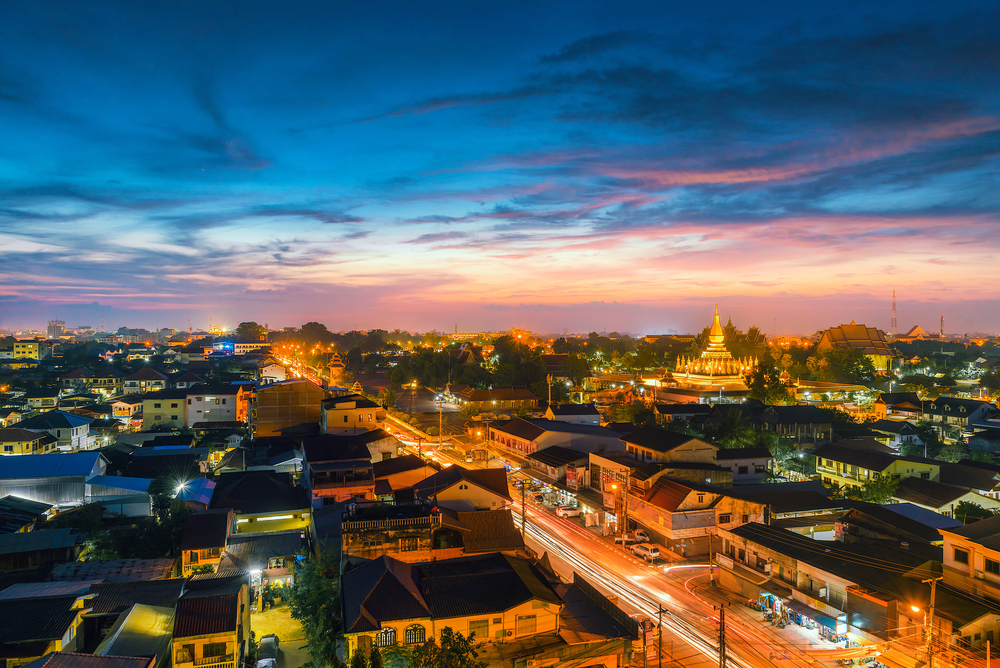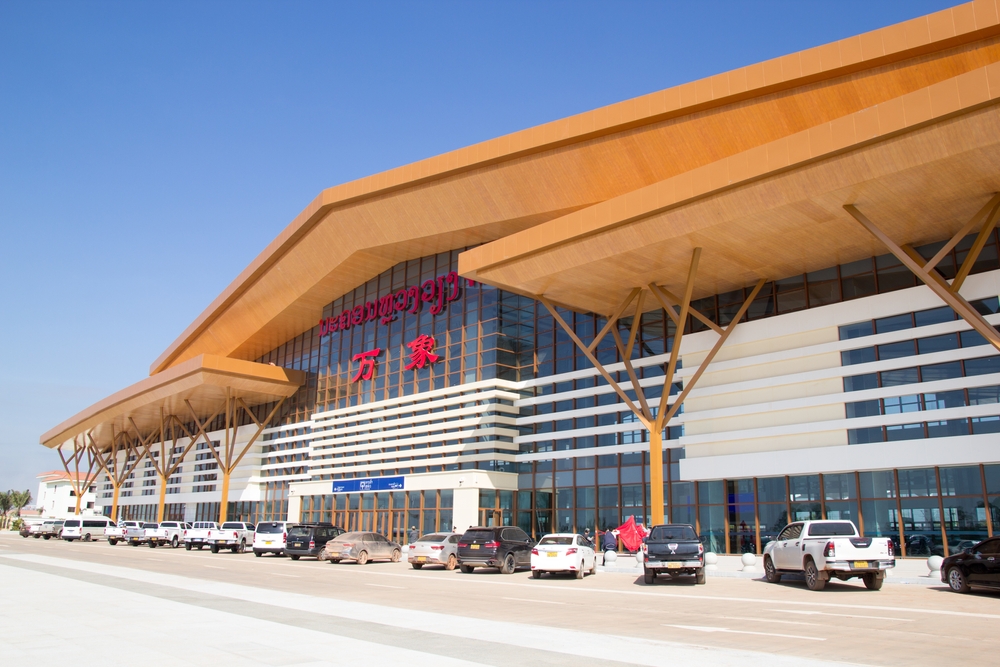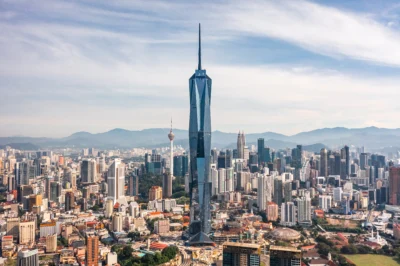Laos housing sector on track to recovery
The new rail line linking Laos with China looks set to address a glut in Vientiane’s residential market

Just weeks after Laos opened its first-ever railway from Vientiane to Kunming in southwestern China, construction resumed on what would be the tallest building in the country.
Latsavong Plaza, a 34-storey Lao-Chinese joint venture of apartments, a mall, offices, and a hotel, had been abandoned after developer Chongqing Real Estate Company hit financial difficulties five years ago.
The opening of the long-awaited train line caused long queues at ticket offices and has proved a catalyst for stalled property developments in Vientiane.
A few weeks before its official unveiling, the delayed That Luang Lake Special Economic Zone held a week-long promotional seminar led by South Korean investor D&C Mineun.
The Laos-China railway is a significant catalyst for investment. Investors believe that property in locations well served by the new rail line will gain value rapidly in the years to come
“We want to thank [attendees] for considering investing in Laos during a global pandemic,” Sinlavong Khoutphaythoune, a member of the Central Committee of the ruling Lao People’s Revolutionary Party, told business delegates from South Korea. “We are eager to support any requests.”
The railway has given fresh impetus to a property market that had stagnated even before Covid-19. During the four years before the pandemic, Vientiane’s stock of apartments nearly tripled as developers began to build higher-end apartments to tap what was expected to be a growing pool of wealthier local and expatriate renters and buyers. Instead, many projects lay unfinished and prices at the top end of the residential market in Vientiane stagnated and began to fall by 2019.
This trend was reflected in total investment by individual Chinese buyers—the majority overseas contingent in Laos—which peaked in 2017, the year after construction began on the railway. Investment started to fall in 2018 and 2019 before crashing at the onset of the pandemic.
More: Cambodia’s local heroes liberate the capital’s condo sector through growing investments
In early 2020, Laos all but closed its international borders and intermittently banned all flights except humanitarian connections, shutting out most tourists and investors. By mid-2020, Luang Prabang, the main tourism destination in the country, had become a ghost town with many of its properties displaying for sale and rent signs. Economic growth in Laos fell to just 0.4 percent the same year, the lowest rate recorded in this landlocked country of 7 million people in more than three decades, according to the World Bank.
Although Laos remained mostly shuttered to visitors during 2021, signs of optimism began to emerge for the real estate sector and the wider economy. Courtesy of donations from overseas—notably China—Laos achieved vaccination coverage of nearly 50 percent of the population by the end of last year, a rate well above original government projections.
Economic growth was estimated at 3.7 percent in 2021, considerably higher than in many neighbouring countries, and was forecast to climb 7.6 percent this year, according to the Economist Intelligence Unit.
The opening of the railway has coincided with new property laws and initiatives backed by the government and aimed at spurring investment real estate. In September, the World Bank announced a project designed to register half of the remaining 2 million unregistered land plots in Laos by 2025.
Only about 40 percent of land parcels in the country are legally registered and still 25 percent of Vientiane’s land bank remains untitled, a major risk for real estate developers.
“Land rights that are guaranteed by a transparent and fair nationwide system give people added confidence in using land for social and economic development,” says Markus Kukkonen, a land administration and geospatial specialist at the World Bank.
The land titling program aims to complement a new watershed Land Law that came into force in 2020 permitting foreigners to legally purchase land-use rights in Laos for the first time. In practice, many condos built by Chinese and Vietnamese companies already offered opportunities for leasehold apartment sales through their foreign legal structures. However, the new land law offers local legal protections.
More: Open to all-comers: Laos sets its sights on foreign investors, eases homeownership guidelines
That Luang SEZ, a 365-hectare site between the new Vientiane railway station and the eastern outskirts of the capital, offers 99-year leases and real estate tax exemptions for anyone investing more than USD100,000. These rank among the most favourable real estate investment terms in the country, says Sornpheth Douangdy, a senior counsel covering project finance, construction, and real estate at regional law firm VDB Loi in Vientiane.
Cranes tower over the skyline of That Luang SEZ, a vast project dotted with new high-rise apartment buildings and roads which have retained the look of a construction site since work began a decade ago. Thousands of new residential units are due to come online before the project’s target completion date in 2030, but it remains unclear whether the Laos National Assembly has formally approved the attractive incentives offered by the project, says Douangdy. A lack of reliable real estate market data and oversupply in all property segments remain the key challenges facing a long-overdue real estate market recovery in Vientiane, he says.
“Buildings from before the completion of the railway remain empty because the developers have built more than the demand of the market,” says Douangdy, adding he was yet to be convinced as to whether the railway will have a tangible positive effect on the residential market. “Rental fees and sale prices also remain too expensive.”
The original version of this article appeared in Issue No. 170 of PropertyGuru Property Report Magazine. Write to our editors at [email protected].
Recommended
6 reasons Bekasi is rising as Greater Jakarta’s next hotspot
One of Greater Jakarta’s rising stars is prospering, thanks to ample recreation and a contingent of desirable housing projects
6 developments driving Asia’s green real estate shift
Developers are being incentivised to push a green agenda into daring new realms
The Philippines’ LIMA Estate drives sustainable industrial growth
LIMA Estate models a citywide vision that uplifts workers while appealing to climate-conscious employers
Malaysia property market rebounds with foreign interest and growth
The nation’s property market is stirring to life, fuelled by foreign buyers and major infrastructure drives








